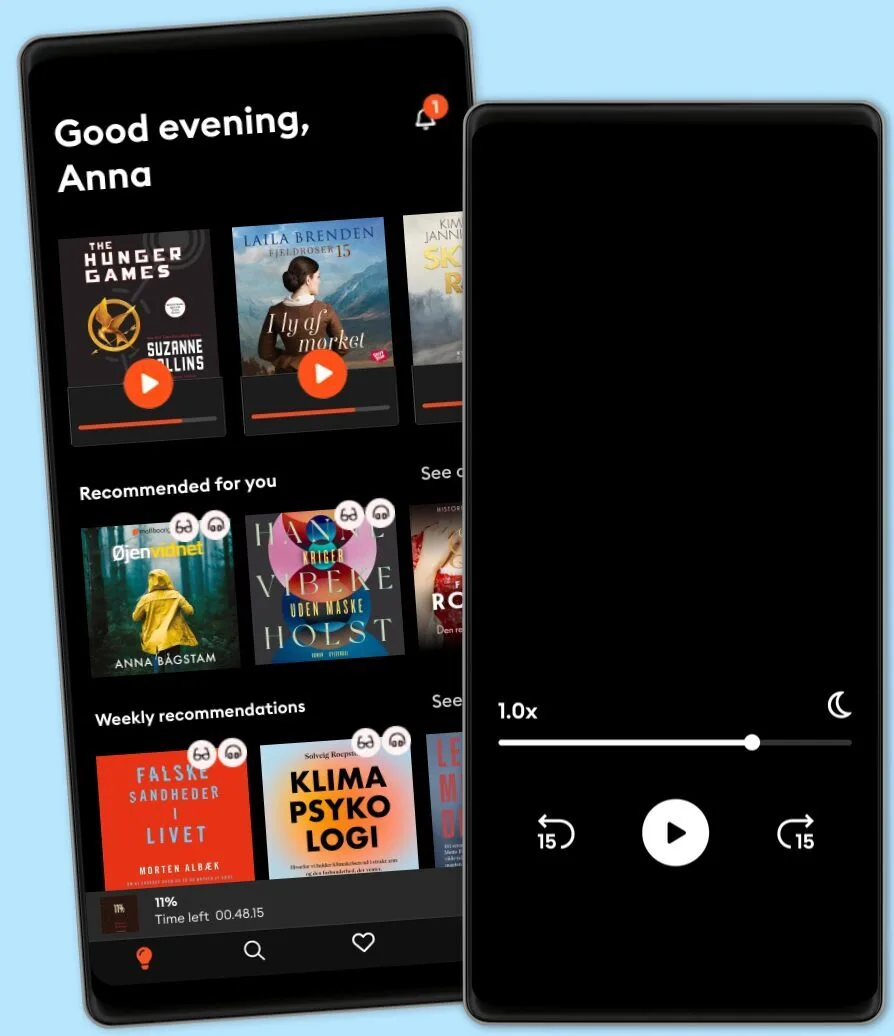34: Creating Results With Effective Learning Objectives
- Af
- Episode
- 33
- Published
- 23. apr. 2012
- Forlag
- 0 Anmeldelser
- 0
- Episode
- 33 of 773
- Længde
- 34M
- Sprog
- Engelsk
- Format
- Kategori
- Økonomi & Business
The term "learning objectives" might not show up in our everyday conversations, but it's an important tool for leaders to use in order to develop others. In this episode, we'll explain what a learning objective is, how to create an effective one, and how to use it in order to create results.
Community Feedback CoachingforLeaders.com/feedback
I welcome back my favorite guest, Bonni Stachowiak!
Instructional design most often starts with creating learning objectives.
Most people start-and-finish with topics, but they are not specific enough and can lead to a lack of alignment on expectations.
For example, the expectation to "know how to use Microsoft Word". Most people only use 2% of features of a Word Processor. One person's idea of "knowing" Word can be quite different than another's. Another example, "Understand how the economy effects small businesses in the US". How would I know if someone "understood" that or not?
It isn't about topics!
"The critical question, therefore, is not what topics to cover but what you want the participants to value, understand, or do with those topics." -Silberman, Active Training, p. 41
There types of learning and we should address each of these in learning objectives:
Cognitive - what we know Behavioral - what we can do Affective - our motivation our knowledge and behaviors
These components of an effective learning objective are from Mager, who wrote six books related to learning that should be on every leader's bookshelf, called The Six Pack. Discover More Activate your free membership for full access to the entire library of interviews since 2011, searchable by topic. To accelerate your learning, uncover more inside Coaching for Leaders Plus.
Lyt når som helst, hvor som helst
Nyd den ubegrænsede adgang til tusindvis af spændende e- og lydbøger - helt gratis
- Lyt og læs så meget du har lyst til
- Opdag et kæmpe bibliotek fyldt med fortællinger
- Eksklusive titler + Mofibo Originals
- Opsig når som helst

Other podcasts you might like ...
- The Journal.The Wall Street Journal & Spotify Studios
- 1,5 graderAndreas Bäckäng
- Redefining CyberSecuritySean Martin
- Maxwell Leadership Executive PodcastJohn Maxwell
- Mark My Words PodcastMark Homer
- Ruby RoguesCharles M Wood
- EGO NetCastMartin Lindeskog
- Pitchfork Economics with Nick HanauerCivic Ventures
- The Pathless Path with Paul MillerdPaul Millerd
- SvD LedarredaktionenSvenska Dagbladet
- The Journal.The Wall Street Journal & Spotify Studios
- 1,5 graderAndreas Bäckäng
- Redefining CyberSecuritySean Martin
- Maxwell Leadership Executive PodcastJohn Maxwell
- Mark My Words PodcastMark Homer
- Ruby RoguesCharles M Wood
- EGO NetCastMartin Lindeskog
- Pitchfork Economics with Nick HanauerCivic Ventures
- The Pathless Path with Paul MillerdPaul Millerd
- SvD LedarredaktionenSvenska Dagbladet
Dansk
Danmark